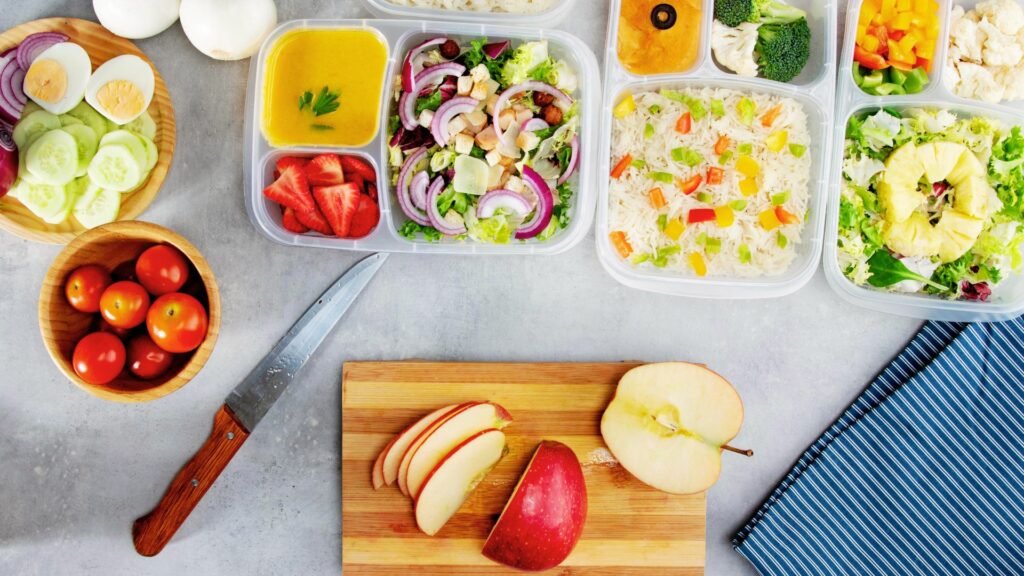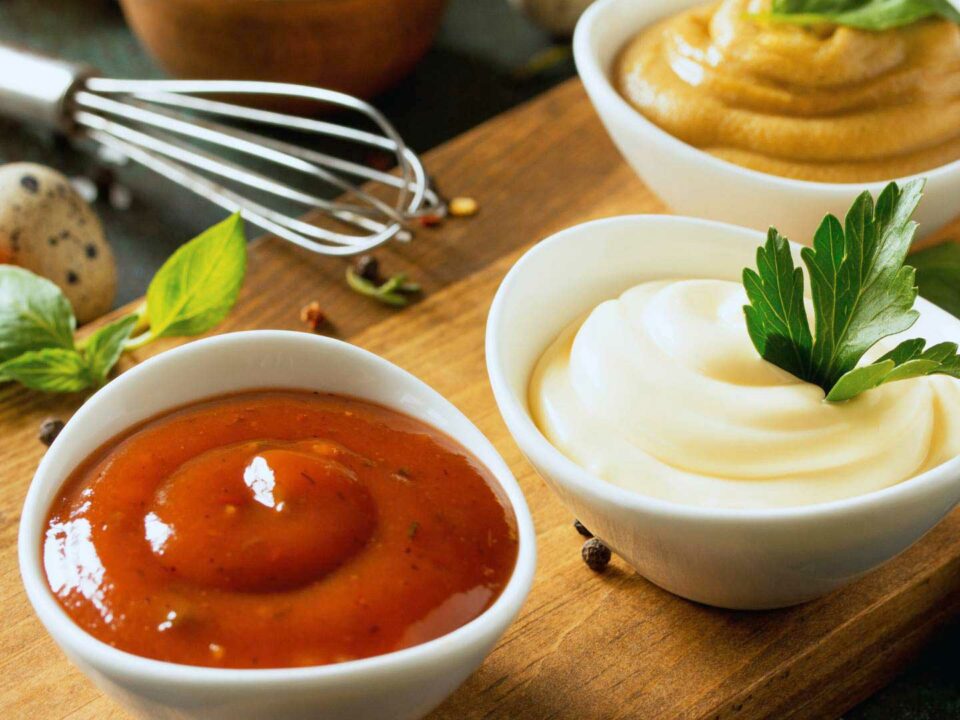You might want to try batch cooking if you are trying to save time and/or money, care about eating healthy, and are tired of having to work hard every day to get a meal on the table.
Batch cooking is a method used to save time when making food. It means making a certain amount of the same food or ingredient so you can use it for meals over multiple days. Instead of cooking just enough food for one meal, you cook a big batch and then portion it out.
It makes sense to cook a whole pound at once and use it in meals throughout the week or freeze it for later.
3 Things to Watch for When Batch Cooking
1. Avoid cross-contamination during preparation
With this method, what we are looking for is to cook once or twice a week to have food for several days because we may not have time (or so we think). However, one of the risks of batch cooking is that food can get contaminated during the preparation process. This means that if we are going to cook, say, a piece of meat, and are also preparing other ingredients at the same time, handling the different foods can contaminate each other, putting those that we are going to eat raw at greater risk, i.e., we are not going to cook lettuces, vegetables, fruits, etc., after preparation.
When handling several foods at the same time, we must take into account the hygiene of our hands, surfaces, and utensils, i.e., boards, knives, and other utensils. During batch cooking, preparation must be impeccable to avoid any of cross-contamination.
2. Proper storage in hermetic containers
When we have finished cooking and are preparing to store the food, we must keep in mind that we must do so correctly.
The first thing to do is remember that prepared food shouldn’t sit out for more than an hour without being refrigerated so that harmful microorganisms don’t spread.
On the other hand, it’s best to not make food that will last more than 3 days, so it would be helpful to do batch cooking at least twice a week. If this isn’t possible and you want to prepare food for more days, it’s best to freeze portions, keeping in mind that storing food properly is just as important as making it.
You can store portioned food in the refrigerator or freezer, depending on when you are going to consume it. If you think some portions will spend more than 3 days in refrigeration, it is better to freeze them from the beginning. In addition, portioning is very useful for heating only what is going to be consumed at that moment.
It’s a good idea to think of recipes that freeze well, so that when you cook, you can make a lot and have enough for a week or more. After you’ve done it a few times, you’ll learn which foods keep well after being thawed.
3. Care, from preparation to consumption
Unwanted microorganisms can grow on food if it is not cooked, cooled, stored, or heated properly. This can happen even in foods like noodles or rice that we wouldn’t normally think of as a problem, so it is important to be careful at every step, from cooking to eating.
Tips for a Better Batch Cooking Experience:
- Don’t try to do all the menu preparations (breakfasts, snacks, lunches, dinners) in a single batch cooking session, as this will overwhelm you.
- Do your batch cooking planning in advance, so you can have everything you need and know exactly what you are going to prepare. Believe me, this will save you a lot of time. Plus, this way, you can also sanitize everything together. Including more fruits and vegetables in our diet can be one of the benefits of batch cooking, providing a healthier diet.
- Once the food preparation is ready, you can portion it according to your needs, and store it in hermetically sealed containers. The main thing you will need in batch cooking (and meal prep) is storage containers that are suitable for both refrigeration and freezing, preferably glass, of all sizes that you have access to.
- Remember that it is important to vary the foods you prepare in batch cooking, so you don’t get bored or run out of certain nutrients. The idea is to save time and money, meet your nutritional goals, and last but not least, enjoy it! Intuitive eating suggests that the satisfaction factor is one of the most important factors when it comes to eating. More information about this can be found in Intuitive Eating: The Non-diet that Will Change Your Life.
- Since preparing foods like legumes can take a little more time, it’s best to make enough for more than a week. You can cook, divide the food into portions, and put what you’re not going to eat in the freezer right away.
Batch Cooking Is Not the Same as Meal Prep: Similar, but Slightly Different

Batch cooking and meal prep have some things in common, but they also have some differences.
In both methods, several foods are cooked at the same time. In batch cooking, each food item is stored separately. For example, foods “a,” “b,” and “c” are stored separately in containers. This gives you the freedom to put different foods on the plate at a later time. In meal prep, on the other hand, full meals are already portioned. For example, portions of foods “a,” “b,” and “c” are stored in a single container, ready to be taken out of the fridge and heated.
That is to say, batch cooking is about preparing the things that will be used in different meals, while meal prep means planning meals and either preparing all of them at once, or simply knowing what is on the menu each day. Batch cooking gives you ingredients for the meal prep meals you planned.
IN OTHER WORDS
Batch cooking doesn’t mean preparing complete meals. Instead, it means making foods that will be available when you need them. You mix and match according to personal preference.
In meal prep, full meals are made from scratch ahead of time and stored in individual containers for later consumption.
Even though both methods can be helpful, I find that batch cooking is easier to fit into our daily lives and gives us the same benefits as meal prep in terms of time, effort, and eating goals.
On the other hand, while batch cooking is a useful tool that has many benefits, there are also some risks that come with it (which can also be applicable to meal prep).
DISCLAIMER
This information is not presented by a medical practitioner and is for educational and informational purposes only. The content is not intended to be a substitute for professional medical advice, diagnosis, or treatment. Always seek the advice of your physician or other qualified healthcare provider with any questions you may have regarding a medical condition. Never disregard professional medical advice or delay seeking it because of something you have read.



